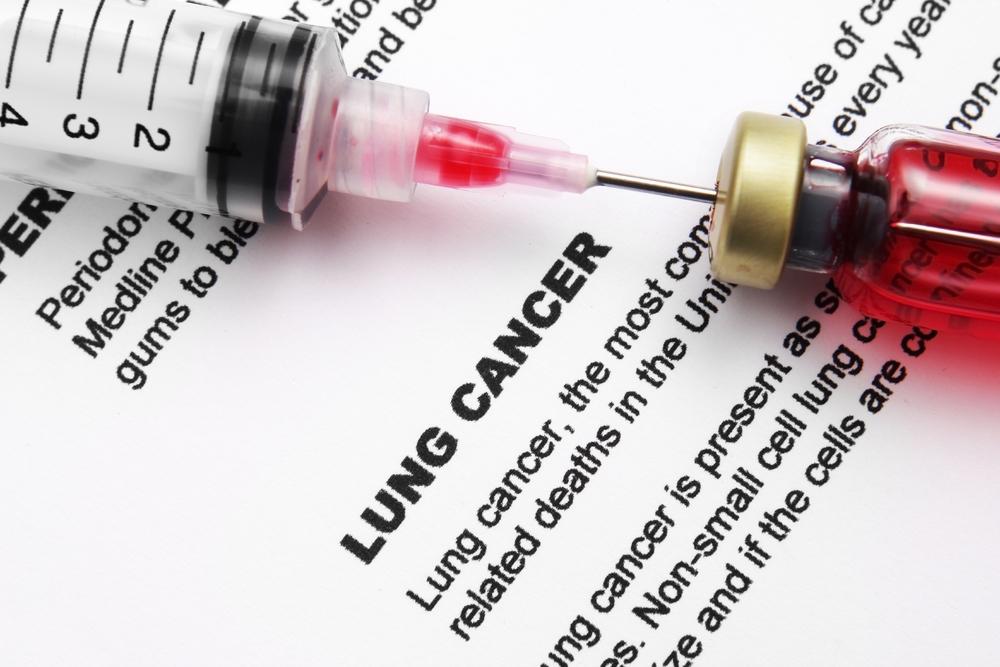Understanding Non-Small Cell Lung Cancer Survival Outlook
This article explores the survival outlook for non-small cell lung cancer, highlighting the importance of early detection and stage-specific prognosis. It emphasizes treatment options and the significance of professional medical consultation for personalized care.

Understanding Survival Chances in Non-Small Cell Lung Cancer
Non-small cell lung cancer (NSCLC) accounts for over 85% of lung cancer cases, including types like squamous cell carcinoma, adenocarcinoma, and large cell carcinoma. Survival rates depend on factors such as the cancer's stage, spread, and patient health. Early detection typically leads to better outcomes, with treatments like surgery, radiation, and chemotherapy aimed at controlling tumor growth and alleviating symptoms. The choice of treatment is tailored to each individual based on these aspects.
Early-stage cancers have higher treatment success rates.
Extent of cancer spread influences prognosis.
Patient health impacts survival chances.
According to the American Joint Committee on Cancer and the American Cancer Society, 5-year survival rates vary by stage. For example, stage IA1 NSCLC patients have a 92% survival rate, while stage IVB drops below 1%. Smaller, localized tumors offer the best prognosis, whereas advanced stages with metastasis have lower survival chances.
It's vital to consult healthcare professionals for accurate diagnosis and personalized treatment plans. Understanding the stage-specific survival rates helps patients and families prepare for the journey ahead.










